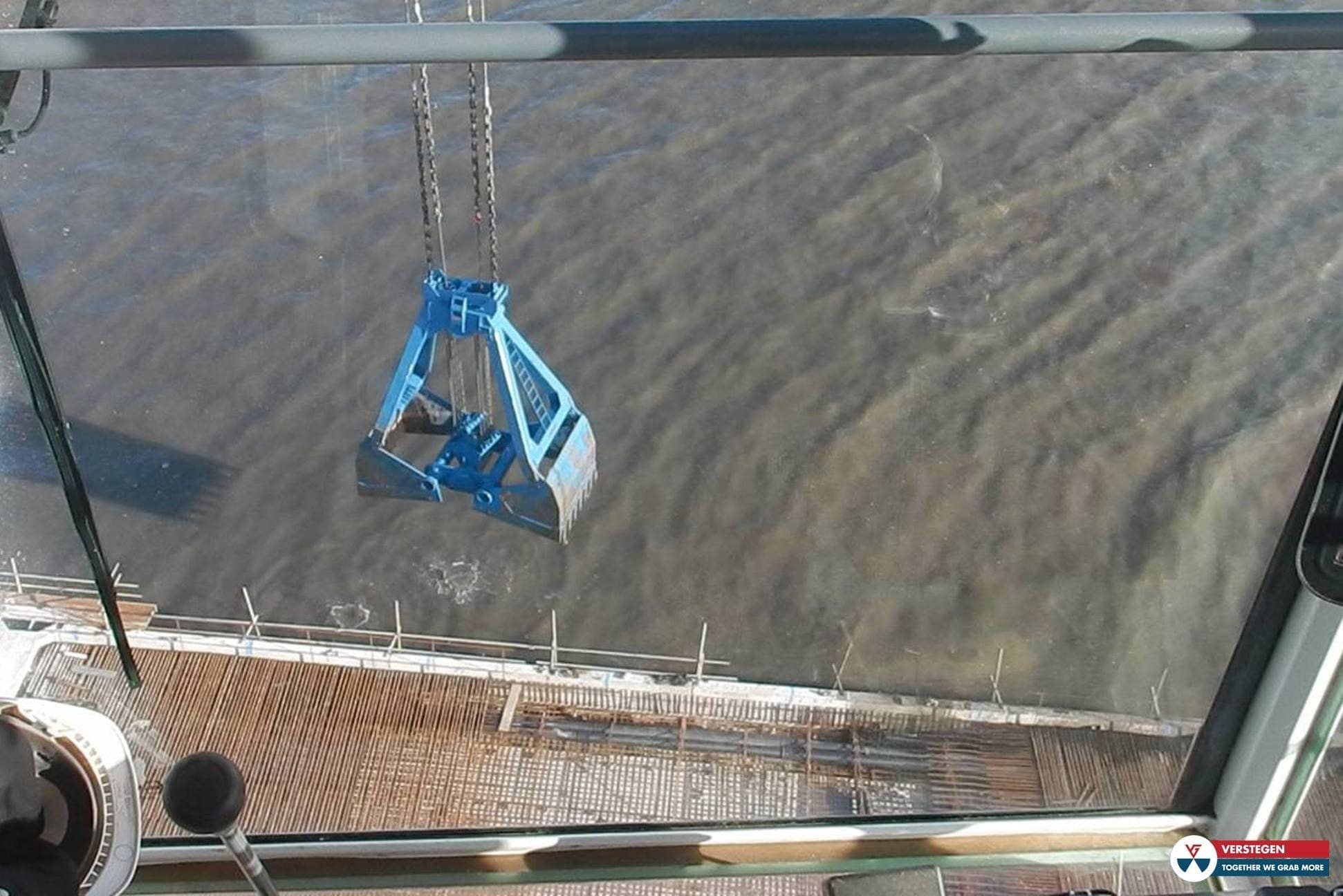GRABS FOR DREDGING
One of the biggest environmental problems faced by Brazil is the accumulation of sediments (sand, dirt and rocks) and garbage, among other materials in the waterways bed such as rivers, lagoons and seas, carried by natural actions such as rain and wind or by human interference in the environment. The deposition of these materials makes the channels shallower, preventing the movement of large ships and boats and directly interfering with port operations. The best solution for this type of problem is to resort to dredging, a process that consists of removing sediment, maintaining the depth of the channels and allowing the flow of ships and boats. There are different processes that we can use grabs for dredging. That depend on the type of sediment to be removed. For each of them, a specific dredging grab is used, handling and dredging the dredged material safely and efficiently.
TYPES OF DREDGING
- Maintenance: Ensures the local depth of the channel that is gradually reduced due to natural processes, allowing navigation without risks.
-
Deepening/Excavation: Widely used in the port sector, removing sediments that interfere with the flow of ships with greater drafts, requiring greater depths for navigation.
-
Environmental Recovery: Its main objective is to remove trash and materials that can contaminate the channels.
-
Mining: Aims to remove minerals with high economic value.
VERSTEGEN DREDGING CLAW
Verstegen has a long history in the manufacture of grapples for underwater operations, developing various types of grapple for dredging for different types of operations.
For underwater operations, Verstegen offers a grab for maintenance dredging (mainly mud) and another for excavation operations (clay and layers of hard soil). The Verstegen dredging grab is available in two or four ropes versions.
For excavation operations, the Verstegen dredging grab has smooth shells inside, without abrupt transitions, minimizing resistance during excavation at the bottom and facilitating the unloading of sticky materials such as mud and clay.
The bottom parts of the dredging grab can be delivered with the contact lips having teeth or not. For the removal of hard layers and difficult-to-penetrate materials, toothed lips are recommended. There are also lower lips with removable or interchangeable teeth and lips with permanent teeth (cut on the lower lips). Permanent teeth (cut on the lower lips) are very suitable for layers of extremely hard materials.




0 comentários